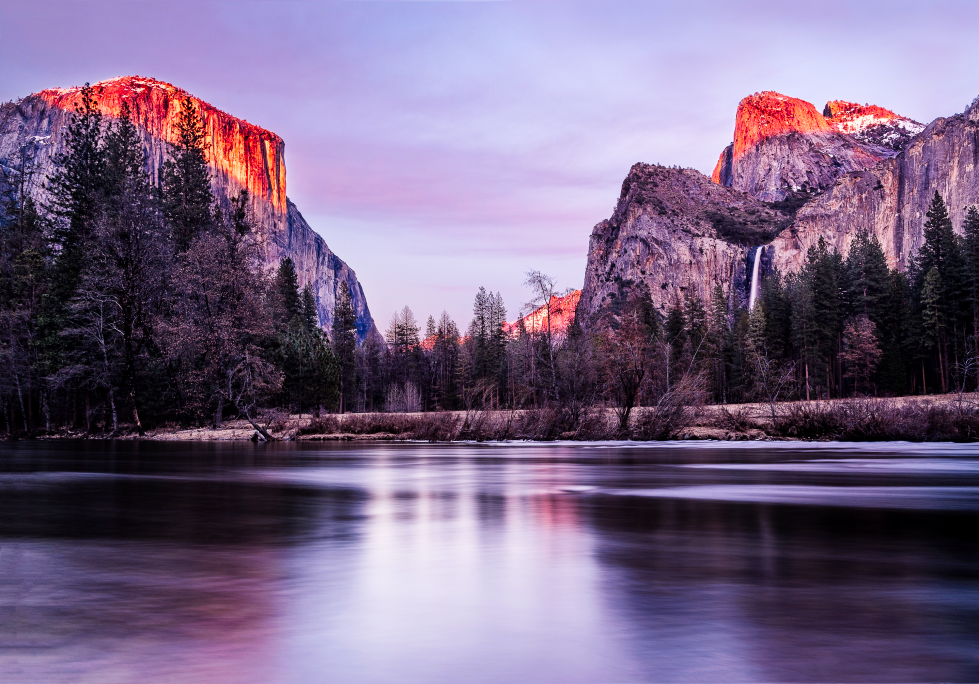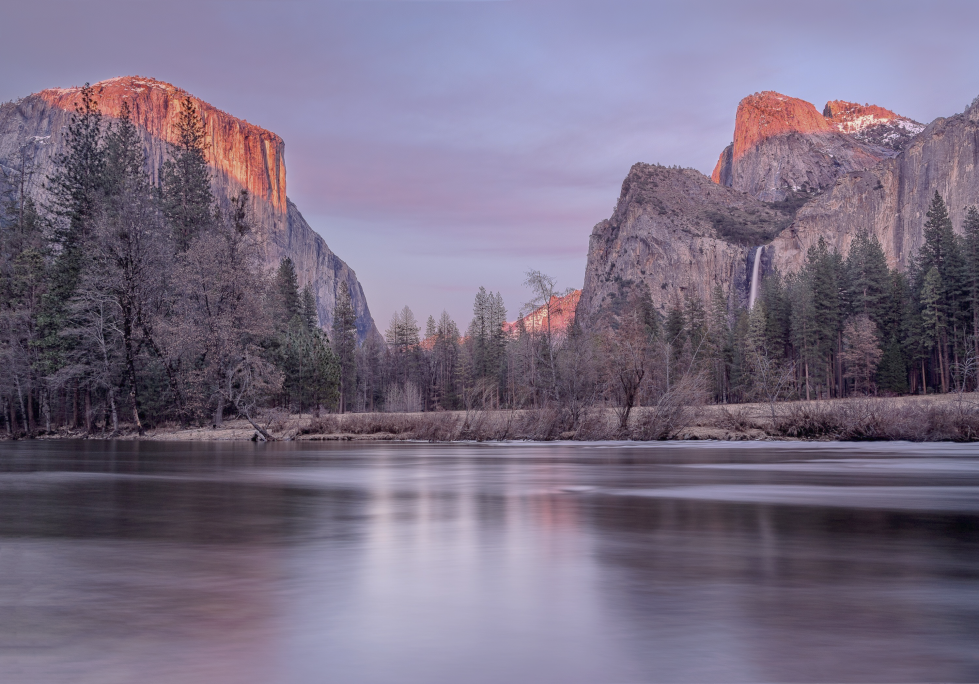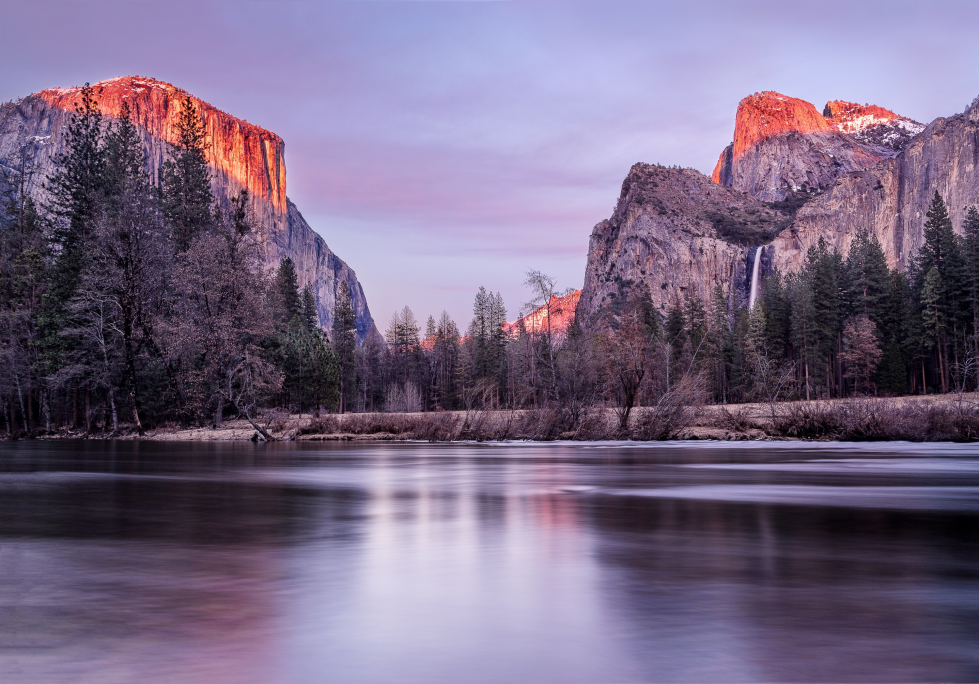- Home
- Courses
- Cinema Exhibition Training
- Training for Non-Technical Cinema Employees
Curriculum
- 7 Sections
- 47 Lessons
- Lifetime
- Artistic Intent – Why We Are HereThe Producers and Directors all believe that if they make their vision come to life – make their story into a movie – it will be shown in a way that allows the audience see and hear what they created with the same splendor they realized. Were they wrong?2
- Quality Management BasicsIf something is managed properly, then there is control over the quality of the items being delivered, and assurance that the end user will be satisfied. Quality Management | Quality Control | Quality Assurance12
- 2.1Ideas Behind The Checklist
- 2.2Security and You
- 2.3Training and You – and the ISO 9001 Management System – Part 1
- 2.4Routines to Self-Certify – Checklists and Employee Training – Part I
- 2.5Routines to Self-Certify – Checklists and Employee Training – Part II
- 2.6How to: Manager’s Walk Through
- 2.7How to: Manager’s Walk Through – Part 2
- 2.8Units of Measurement25 Minutes
- 2.9Where to Judge The Auditorium
- 2.10Forensics, Encryption, KDM, CMS, FLM and 3 Letter Acronyms
- 2.11Alternative Content = Non-Cinema Tech
- 2.12Units of Measurement – Part 2
- Cinema Basics – AudioSome say that a movies sound is 50% of the movie. So, it better be good, eh?7
- Cinema Basics – PictureSound has nuance. Picture has a thousand words for nuance. Let's learn some.7
- Making MeasurementsYour picture and sound equipment get calibrated according to a schedule that management thinks is appropriate for your facility – sometimes in 6 month or 12 month or 18 month intervals. But we all know that things happen in between. With the right tools, you can become the judge.4
- Accessibility EquipmentSome of our customers use the large speaker systems to know what the actors are saying, some read the words with special "closed caption" equipment...some listen to special tracks on headphones. The equipment is called Accessibility Equipment. We have to understand it and test it to make certain our customer gets the best experience possible.14
- 6.1The Other-Abled, and You
- 6.2Accessibility To Inclusion In Cinema – Prelude
- 6.3Promise, Promises and Great Expectations
- 6.4The Access Community
- 6.5Accommodation, In General
- 6.6Accommodation, Open Captions
- 6.7Accommodation, Closed Captions
- 6.8No Technology Before Its Time
- 6.9Industry Coordination
- 6.10Different Paths; …and Finally, Results
- 6.11DCP Production – Narration and Closed Caption Creation
- 6.12Currently Available – “Personal” Closed Caption Solutions
- 6.13Specialized Audio Systems for the Blind and Partially Sighted
- 6.14Signing In Cinema
- EmergenciesLife happens in real time. Sometimes we read about it. More rarely, we are there. And after, we wish that we could have practiced a little bit before being thrown into it.1
What’s It Mean? Contrast…
As usual, the first question for every “What Does It Mean” topic is: Why Do We Care?
Every Answer begins the same: there are many things that can go wrong with the presentation of the moving picture. In this case, we are working with how much dark and how much bright there is on the screen.
This one is a very tricky. The image is onscreen. In most cases, the images may look OK if you just glance at the image, or if you don’t know what to look for.
Will the audience care? Maybe not. They don’t know what “Correct” is. They may think that the picture lacks “Pop”, or some other quality. But if you don’t know that the black suit is really supposed to have fine light blue lines in it, then the black suit might look OK.
Buzzwords: “Black Levels”, “Crushed Black Level”, “No Greys”, “Gamma Problem”, “Brightness”.
We will show the definition of these terms with examples of how they apply to our situation as someone who is checking the quality of the picture. Don’t look them up now since they have many meanings and most are more complicated than we need.
Here is a quick optical illusion that shows the problem of contrast.

Obviously the grey surround on the top of this picture is darker than the grey surround on the bottom.
Not so obvious is that the inside grey boxes are exactly equal, even though the top one will appear brighter to most people.
Complication: Almost all cinema projectors have a problem creating perfect blacks. But there is a range of deep blacks and deep grays that they should create without problem.
And white too! Perfect white is never shown – it would ruin your eye’s ability to notice differences between things when the picture is too bright.
Which is the problem with Contrast…too bright, you can’t see details in the darks. Too dark – muddy – you can’t see the detail in the bright.
There needs to be a good range – when you look in the dark, in the shadows, there should be richness in the dark reds and and dark blues and and dark greens and and greys. And when there is is bright scene, there should be good pastel colors too.
Another problem is – We don’t always know what the artist wanted – a lot of movies are ‘moody’ and ‘dark’. But even dark movies shouldn’t be mushy in the dark sections or have too much color (over saturated) or too little color (washed out).
Potential Points of Failure: Bad setup on the Projector. Wrong Lens. Port Window, perhaps very dirty. Old screen. Dirty screen. A lot of dust in the air.
Look at these three versions of the same winter scene at Yosemite Falls in California.
In the first one, you can see the amazing falls against the crisp rocks, and the golden hour sun is beautifully lighting up the mountaintop.
In the 2nd one you can almost taste the frost from the frozen lake. The air is so crisp and clear that you can see several layers through the trunks of the trees. If you hadn’t already seen the gold in the mountains, the 2nd picture would be OK.
The 3rd is in between…not as on fire, not as clear through the tree trunks…dark in fact. The falls don’t stand out as sharply against the rocks.
By now you may have guessed, the 3rd one is the one that the artist created. The difference in the three is entirely the level of Contrast.



So. What is Contrast?
Simply, Contrast is a comparison between the level of the highest possible white and the deepest level of black.
Outside, on a sunny day, the level of bright from the sun’s glare reflecting from the window of a car can be 30,000 units. The brightness of the sky – not counting the sun – on the brightest day at the brightest time in the brightest place might measure up to a million units! And, the level of black? Wow, a dark without a night sky in a forest when you can’t see the hand in front of your face…they say that the eyes can get so sensitive in that dark that they can see a candle many miles or kilometers away. A single candle in a dark place will seem very bright indeed, but that candle in a bright room wouldn’t even be noticed.
There is a problem, right away. In this technical world there are many ‘units’ of light. Light is measure differently for different purposes. Light is also measured differently if it is measuring reflection or if the direct rays are being measured. They all have different words to describe them. And, oddly, sometimes two groups of people will call the same thing by a different name.
For example, the cinematographer will see the reflection of light from a face or a cabinet and use the term “Nits”. When a technical person calibrates your screen the reflection of light from the projector onto the screen is called “candela per square meter”. And there is an older term that is still used called “foot-lamberts”. In case you aren’t familiar with the relationship between feet and meters, a meter is a little longer than 3 feet. Oh, and Mr. Lambert was a science person.
Imagine a candle on a table that is one arms length away from you – we are going to pretend that 1 arms length is about 1 meter – and imagine a screen behind it that is also one arms length away and 1 meter square. We can call the light from the candle 1 unit. …and in the official world of light, that unit is called a ‘candela’.
The light from the candle will cover the screen with one unit also. Because this is a square meter of screen, we call this one candela per meter square. The abbreviation that is used is 1 cd/m2.
Move the candle away from the screen and your eye and the quantity measures lower, perhaps becoming .1 or .01 or .001. In theory, our eyes can still see that candle on a perfectly dark and clear night when it is many miles (or kilometers) away.
Move the candle close to you, or put several candles in your hand…or a light that has the power of several hundred candles …well, at some point you get too much light in your eyes and, in protection, they shut. And inside the eyes, for protection, there is a protection mechanism as well. We notice this when we go from a dark place to a bright place, or from a bright place to a dark place. To study the complexity of the eye should be a separate lesson.
So, let’s not get off the point: Contrast is the difference between the highest level of bright and the lowest level of dark. We express it as a comparison. If white is 2,000 and black is 1, then we say the contrast is 2000 to 1. It is written like this – 2000:1. When it is written like that, it is called the Contrast Ratio.
Why do you need to know that?
You want to have a good feeling about your ability to notice good and bad contrast. And, most importantly, how to tell the technician what you see when there is a problem.
We give a little more detail about these things in Part 2, with more examples.
But first, take a break. The exercise for this lesson is to look in shadows while you are living life.
Notice: there are important details to see in the shadows. Look under tables. Look into the dark and notice how colors shift down from deep reds and deep blues into black. You might have to purposely shade your eyes from a bright light. Check out different variations in real life and compare them to what we see in the movies.
And: Notice how there are things to see even in light that is almost too bright to look at. The colors will be softer in bright light, even for the same shoe or car or face that was a deep rich color when you saw it in the dark.
When you have experience and a good feeling for these ideas of Contrast, click into What’s It Mean, Contrast – Part 2
Photo by Rodrigo Soares on Unsplash